Your heart isn’t only responsible for the beat in your chest, it’s also the rockstar behind every breath you take. Our steady companion beats over 100,000 times per day, guiding thousands of gallons of blood to every corner of our bodies. This constant flow acts like a nurturing stream, carrying essentials such as oxygen, energy, and hormones to various vital cells, ensuring every part of our body is well taken care of. A healthy heart is essential to your overall well-being, and you’re never too old or too young to start showing your heart some love.
Let’s dive into the fascinating world of cardiac health and the various ways we can nurture our hearts.
Understanding the heart’s role
The heart serves as the primary organ in your cardiovascular system, which comprises a network of blood vessels responsible for circulating blood throughout your body. It not only ensures that organs and tissues receive an efficient supply of oxygen and nutrients, it also collaborates with other systems to regulate our heart rate and blood pressure. Let’s take a closer look.
Blood circulation and oxygen supply
The right side of the heart receives deoxygenated blood that has been used by the brain and body. It takes this blood on a journey to the lungs, where it gets a breath of fresh air – oxygen. After soaking up a new supply of oxygen, this revitalized blood makes its triumphant return to the left side of your heart, all set for its journey back to the brain and the rest of your body.
As the heart works tirelessly to circulate blood throughout your body, it employs the help of three types of blood vessels:
Arteries, which transport oxygenated blood from the heart to the various tissues in your body.
Veins, which usher deoxygenated blood back to the heart, completing the essential circulation loop. The constant loop of arteries carrying oxygenated blood, and veins returning deoxygenated blood is vital for maintaining balance in the circulatory system.
Capillaries, which facilitate the exchange between oxygen-rich and oxygen-poor blood within your body. It’s within these small blood vessels that oxygen transfer happens.
Nutrient distribution
Think of your heart as the ultimate courier navigating a complex delivery system of arteries, veins, and capillaries. This intricate network delivers nutrients absorbed in your small intestine. Nutrient-rich blood enters the heart via the inferior vena cava and the heart sends this cargo to the lungs for oxygen and then swiftly distributes it to every cell in your body. In order for nutrient absorption, arteries become narrower, shrinking into capillaries. This slows down the pace of blood flow, allowing cells to efficiently grab nutrients and exchange waste.
Waste removal
The cardiovascular system plays a vital role in removing waste by transporting unwanted substances, like carbon dioxide, to organs capable of eliminating them. As blood circulates throughout the body, it picks up metabolic waste (substances created during metabolism that are no longer usable by the body) via the help of capillaries. This waste-laden blood is directed towards specific organs, primarily the kidneys and liver which serve as the body’s waste disposal units.
In essence, the heart not only ensures that essential nutrients and oxygen reach every corner of the body but also that waste products are efficiently transported to designated organs. This dual role of nourishment and waste removal highlights the heart’s integral role in maintaining the body’s equilibrium.
Immune support
Research shows that in the steady state, the heart contains various subsets of immune cells, such as monocytes. These immune cells set up shop in your heart even before you’re born, and when your heart faces challenges like a heart attack or an infection, the immune cells rush in to help. Their job is to clean up any damaged tissue, get rid of harmful germs, and help the heart heal. It’s like having a dedicated cleanup crew that comes to the rescue when things get tough in your heart.
What affects our heart health?
Did you know that 9 in 10 Canadians have at least one risk factor associated with heart conditions? As heart disease is largely preventable, understanding the risk factors can help you make informed choices for a heart-healthy lifestyle.
Diet
A diet high in saturated fats, cholesterol, and sodium can elevate your blood pressure and cholesterol levels, increasing the risk of heart disease. Opt for a balanced diet rich in fruits, vegetables, whole grains, and lean proteins to nurture your heart.
Exercise
A sedentary lifestyle is the silent accomplice to heart disease. Regular physical activity strengthens the heart muscle by increasing its ability to pump blood throughout the body. This also helps to improve blood circulation, and lower blood pressure levels.
Stress
Chronic stress can take a toll on the heart. It pushes your heart into overdrive, which can increase blood pressure and inflammation, unleashing a surge of sugar and fat into your bloodstream. This makes the body more vulnerable to clots, opening up the doors to heart attacks and strokes. Finding healthy ways to manage stress is essential for heart health.
Lifestyle
Smoking is a notorious offender when it comes to heart health. The chemicals in tobacco can damage blood vessels, reduce oxygen flow to the heart, and increase the risk of heart disease. Similarly, excessive alcohol intake can lead to high blood pressure and irregular heart rhythms, making your heart more susceptible to disease.
Family history
Genetics can play a significant role in determining an individual’s predisposition to heart disease. If close family members have a history of heart issues, such as heart attacks or coronary artery disease, there may be an increased risk for others within the family.
Understanding heart disease
Heart disease describes a range of conditions that affect the heart. Some of the most common conditions include:
Heart attack
Heart attack occurs when the supply of blood carrying oxygen to a section of your heart muscle is abruptly obstructed or severely reduced. This interruption deprives the heart of sufficient oxygen, leading to potential damage or failure. This occurs when the coronary arteries, responsible for supplying blood to the heart muscle, get narrowed due to a buildup of plaque, which includes fat, cholesterol, and other substances. Warning signs include: chest pain, difficulty breathing, cold sweats, sudden dizziness and pain in the shoulder, arm, back, neck, or jaw.
Coronary artery disease (CAD)
When you’ve got CAD, it’s like your heart’s highway is facing some traffic jams. The blood flow in the coronary arteries become restricted due to a buildup of plaque, composed of cholesterol and other substances. Signs of CAD can differ depending on the individual. However, it often goes undetected until chest pain occurs, signaling a potential heart attack or cardiac arrest.
High blood pressure
High blood pressure, or hypertension, is a condition where the force of blood against the walls of your arteries is consistently too high. This places added strain on your heart and blood vessels, causing them to work harder and less effectively. Over time, this causes damage to the tissues inside your arteries and can lead to complications like heart attack or stroke. Healthy blood pressure is considered to be 120/80 mm Hg or lower.
Essentials to support a healthy heart
The heart is our body’s workhorse, beating over 35 million times a year without rest. With such an extraordinary workload, it requires robust support to keep our bodies running smoothly. Our heart-healthy formulas can help.
Inno-Q-Nol®
CanPrev’s Inno-Q-Nol® features ubiquinol, the most bioactive form of coenzyme Q10 (CoQ10). CoQ10 is the body’s secret weapon for maintaining heart health, sustaining energy levels and shielding your cells from wear and tear. Backed by cutting-edge research, ubiquinol boasts superior absorption and utilization by the body. Formulated and fortified with a 3-tier approach Inno-Q-Nol® combines vitamin C to combat internal oxidation, annatto seed extract for external oxidation defense, and medium-chain triglycerides for enhanced stability.
Krill Oil
Krill oil is a concentrated form of omega-3 fatty acids that aids in lowering triglycerides and LDL cholesterol levels efficiently. These highly bioavailable softgels contain SUPERBA Boost™ krill oil sourced from 100% traceable and sustainable pure, eco-harvested Antarctic krill. They’re easy to swallow and leave no fishy aftertaste.
Red Yeast Rice Complex
Red yeast rice is known to naturally contain compounds that help to lower LDL cholesterol levels (“bad” cholesterol). CanPrev’s Red Yeast Rice Complex combines 300mg of red yeast rice with CoQ10 ubiquinol, vitamins C and D3, choline, lecithin and plant sterols – key nutrients for heart and cellular health.
Healthy Heart
Healthy Heart is a comprehensive formula designed to address cardiovascular issues such as elevated blood lipid levels. Formulated with magnesium for optimal heart muscle function, it offers 200mg of CoQ10 along with polyphenols, herbs, and vitamins which aid in the maintenance of healthy cardiovascular function.
Stay on top of your heart health
As we wrap up our heart health journey, let’s talk about the VIP treatment your heart deserves. Regular check-ups, a balanced diet, staying active, and stress regulation strategies are some of the best ways to nurture your heart.
And let’s not forget quality supplements. Think of them as your heart’s mighty sidekick, boosting its resilience. Incorporate them into your daily routine for a heart healthy lifestyle.
Your heart is the true rockstar of your body; give it the love and attention it deserves.
Sources
Matters of the heart – understanding heart health
Cardioimmunology: the immune system in cardiac homeostasis and disease
Cholesterol: Good, Bad – Which Is It?

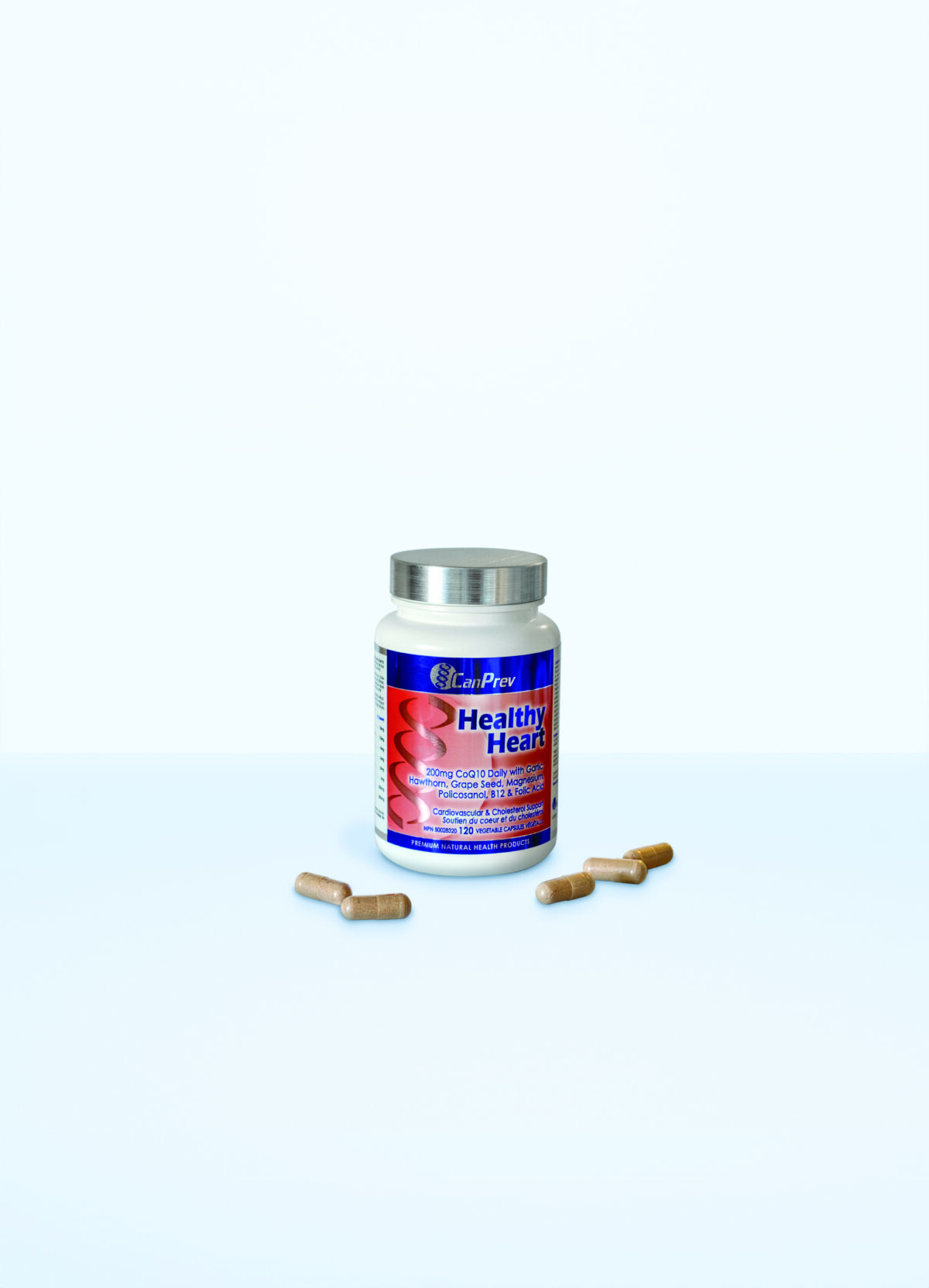
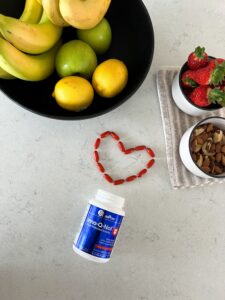
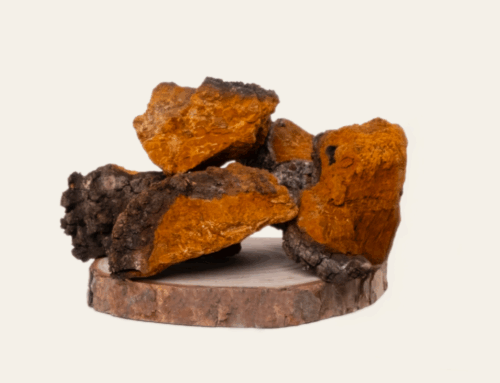


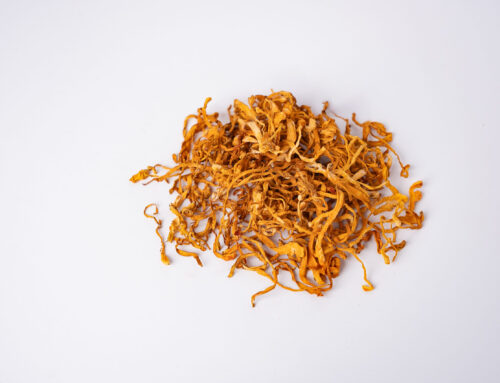

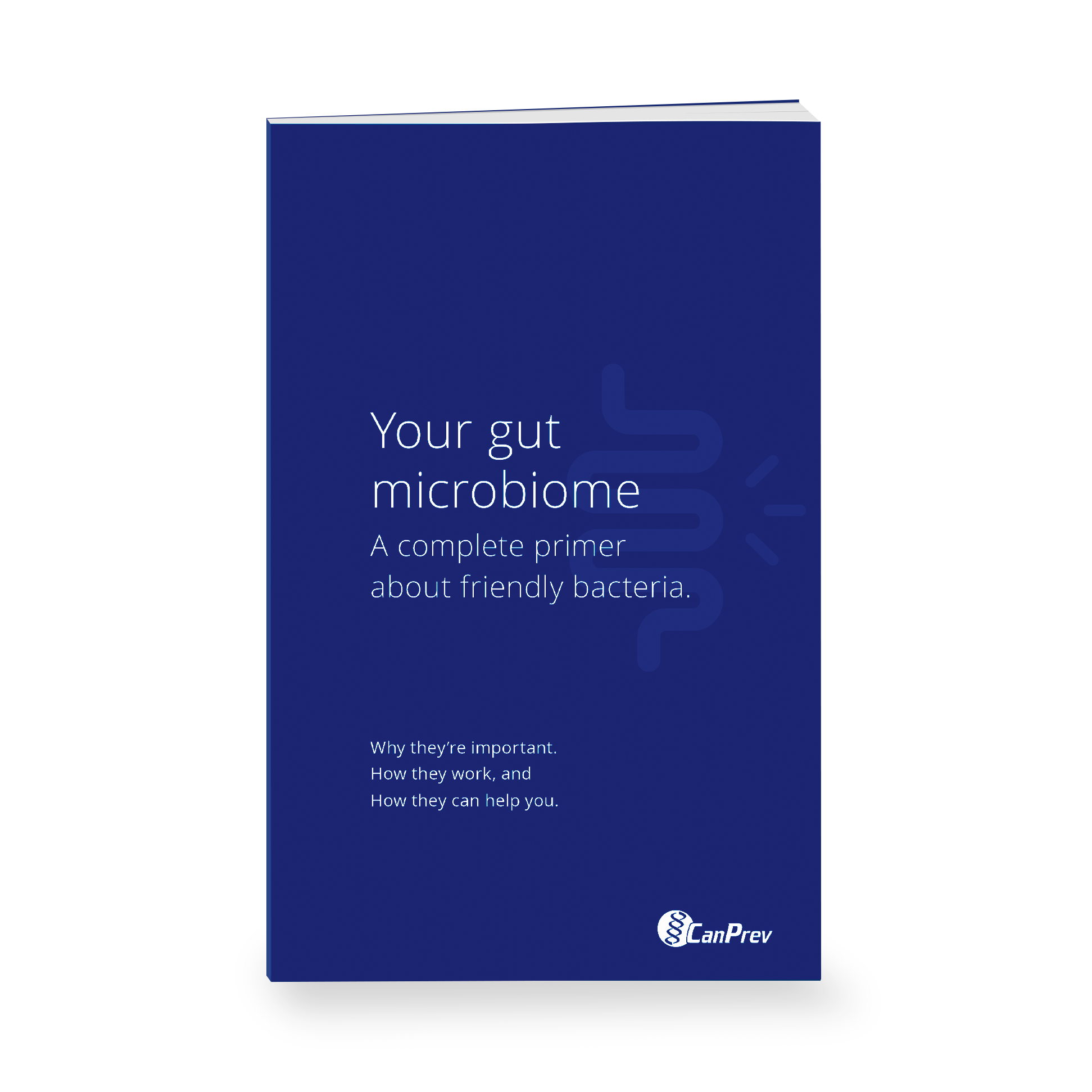
Leave A Comment